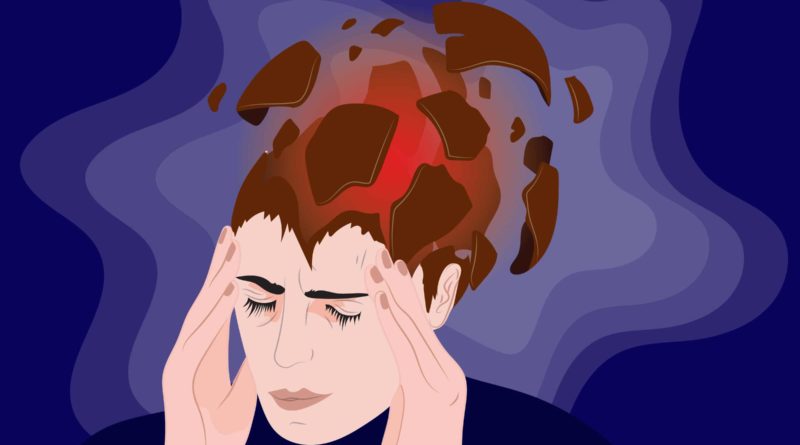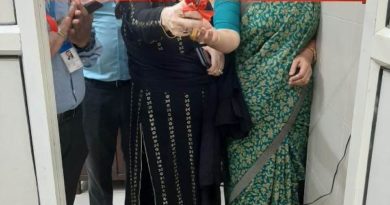A Guide to Stroke Symptoms and Treatment
by,Dr Shirish M Hastak, Regional Director, Neurology, Stroke & Neurocritical Care, Global Hospital
Do you find it difficult to walk? Are you encountering vision problems while making that important presentation in your office? Is there trouble in speaking and understanding? Is that constant headache keeping you away from attending the important meeting? Is there facial numbness? Then, you MUST immediately consult your doctor as all these symptoms may indicate that you are at a higher chance of suffering from the stroke.
A stroke can be termed as a brain attack that tends to occur when the blood supply to the part of your brain is hampered or reduced. This can lead to deprivation of oxygen and nutrients, and the death of your brain cells. Thus, it is essential to diagnose and treat it quickly. Moreover, the treatment will also depend upon the type of stroke you are suffering from.
All you need to know about the type of strokes?
Did you know? There are two types of strokes. The first one is ischemic stroke wherein your part of the brain tends to lose the blood flow. While the second one is a hemorrhagic stroke in which the bleeding occurs within the patient’s brain. Thus, stroke is a medical emergency and can cause death or even permanent disability.
Don’t ignore the symptoms of the stroke
It is essential to keep an eye on the symptoms of stroke to deal with it at the right time.
Walking problem: In case, your loved one or you suddenly feel dizzy or giddy while walking or if there is a loss of balance then it can be a symptom of a stroke.
Blurred vision: If there is any vision problem like blurred or blackened vision or a double vision, without any further delay, just go to the doctor.
A headache that refuses to go: This can also be an indication of a stroke. If there is a constant headache that is accompanied by vomiting and unconsciousness then just beware!
Difficulty in speaking and understanding: One may get confused; there will be slurred speech and difficulty in understanding as well.
Facial paralysis: One may experience sudden weakness, numbness, or paralysis of the face, arm or leg. This will occur in only one side of your body. And also, your face will be droopy.
Act immediately after you notice the symptoms, even if the symptoms disappear. If the stroke goes untreated for a longer time then there will be potential brain damage.
The causes of stroke
People with high blood pressure, high cholesterol and diabetes may get a stroke. Likewise, smoking can also be one of the risk factors.
Be fast in treating the symptoms of stroke that can help save one’s life
F stands for (Facial drooping): Pay attention to the face. If your loved one or you are at the risk of stroke then you must try to smile or ask your loved one to smile and see if one side of the face is drooping. Similarly, check for facial numbness or uneven smile.
A stand for (Arm weakness): If you are suspected of suffering from the stroke then without wasting any time try to raise both arms and look for weakness or numbness on one side. Take note if your arm tends to drift downwards.
S stands for (Speech difficulty): One may suffer from a stroke if there is slurred speech or difficulty in speaking.
T stands for (Time): It is no brainer that timely treatment is essential in tackling a stroke. Immediately visit the hospital and start the treatment to overcome it.
Thus, remember FAST to know stroke as the window period is 41/2 hours.
The treatment
The treatment varies from person to person as the patient is treated based on the type of stroke he is suffering from. The window time is of 41/2 hours from the onset of the symptoms and the patient can be given a TPA (Tissue Plasminogen Activator) that tends to help dissolve the clot which blocks the brain artery and restores one’s blood supply. But, remember that TPA or thrombolytic agents cannot be given to the ones with hemorrhagic stroke as it can worsen their bleeding that occurs in the brain. Thus, your doctor will identify the type of stroke you are suffering from and suggest the line of treatment.
In case of such symptoms rush to a hospital with brain CT scan or mri facility with neurologist/Physician available 24/7. Please mark and keep a note of such a hospital close by to your home and place of work. We at global hospital have set up a stroke unit to help serve you in such an emergency promptly.




